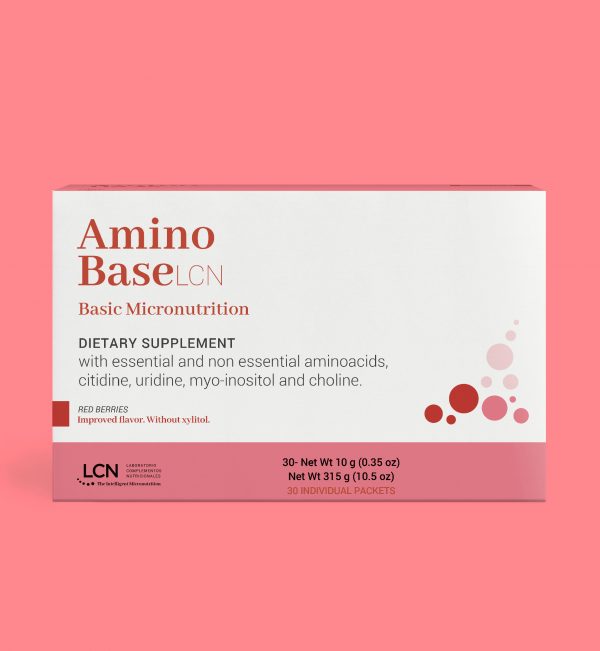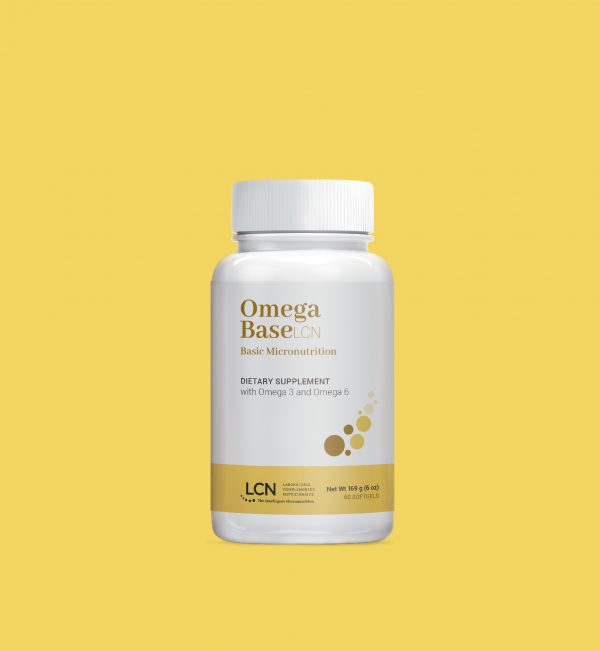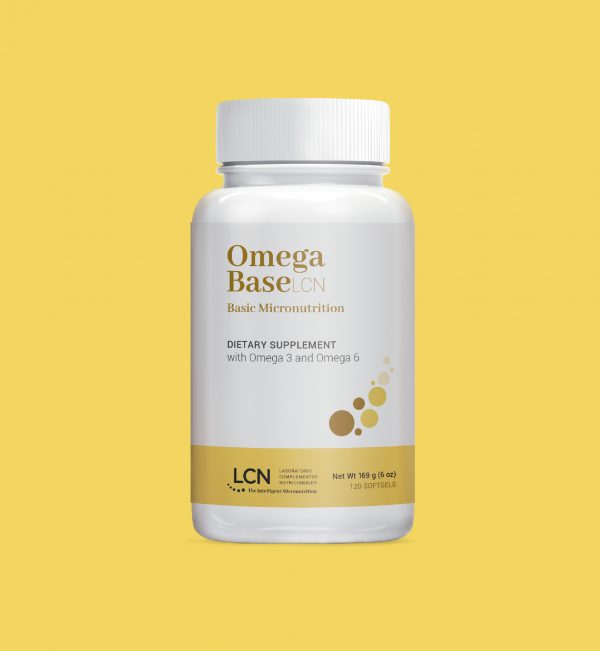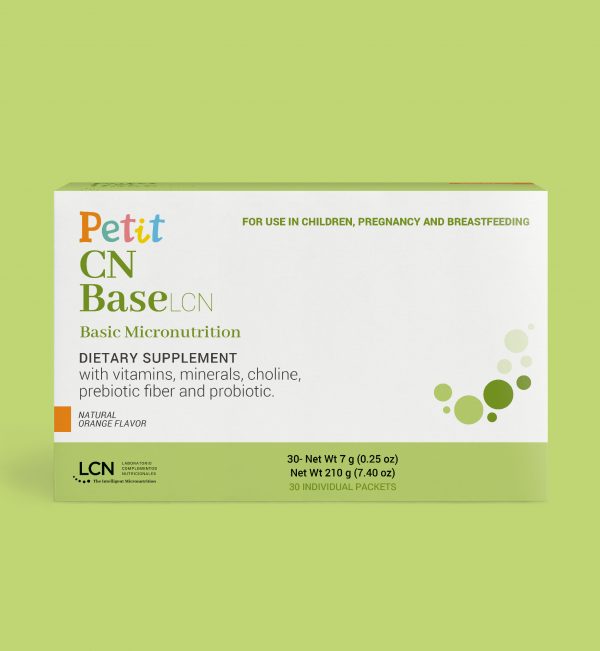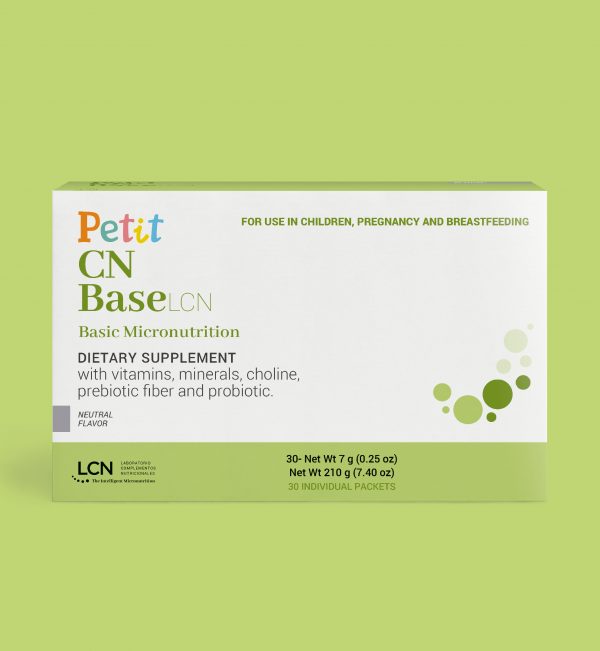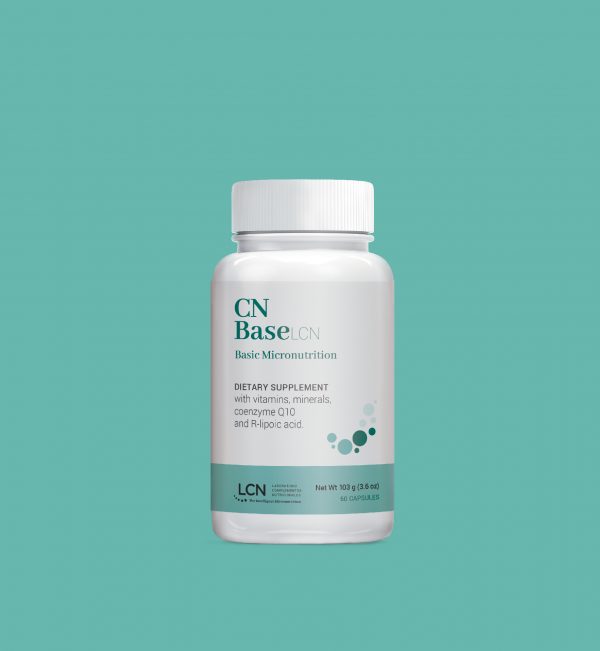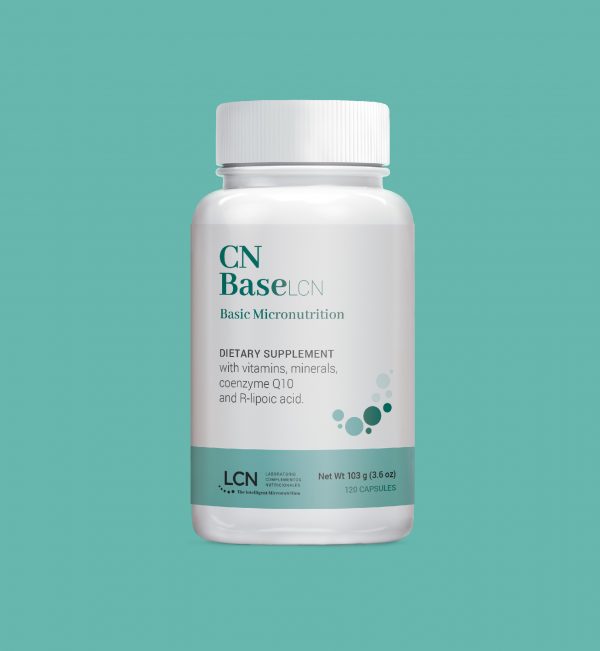B group vitamins
What is it?
Vitamins in the B group are essential micronutrients and basic micronutrients that act as necessary coenzymes so that the other basic nutrients can exercise their function in the metabolism. The majority of the B vitamins participate in energy and macronutrient metabolism.
Vitamin B supplementation
Although B vitamins have several vitamers, the active forms are used in Basic Micronutrition whenever possible.
The B vitamins represent a group of eight water-soluble vitamins that act as coenzymes:
Thiamine (B1). Converted to the active form, the coenzyme thiamine pyrophosphate (TPP).
Riboflavin (B2). Converted to two active forms, the coenzymes FMN and FAD. Riboflavin 5’-phosphate is the most soluble form of this vitamin.
Niacin (B3). This term encompasses nicotinic acid and niacinamide or nicotinamide, which are interconvertible. They, in turn, are converted to two active coenzymes: NAD and NADP.
Pantothenic acid (B5). Converted to two active forms: coenzyme A (CoA) and ACP. Pantethine is a vitamer of pantothenic acid that raises CoA levels more rapidly.
Vitamin B6. A family of three compounds: pyridoxal, pyridoxine, and pyridoxamine, all interconvertible. They are converted to the active enzyme pyridoxal 5′-phosphate (PLP).
Biotin (B7). Acts as coenzyme without any need for modification.
Folates (B9). Natural folates are a numerous group of compounds of foods that are metabolized to L-methylfolate, the main active form, which is also found in foods. Vitamin B12. This term encompasses the free vitamin cyanocobalamin and the active enzymes methylcobalamin and 5′-deoxyadenosylcobalamin (dibencozide).
Foods with B vitamins
The B vitamins are found all whole and unprocessed foods. Processing, or the use of sugars or flour, reduces the B vitamin content of foods. These vitamins are especially abundant in meats (particularly turkey and tuna) and derived products such as liver. Other good sources are potatoes, bananas, lentils, chili peppers, peas, molasses, etc.
The B vitamin content of foods can be reduced by 20% to 90% due to a variety of factors: storage, processing, freezing, canning, refining of grains, contact with air and light, and cooking and exposure to heat.
Vitamins A, E, C and B, and carotenoids are quite unstable and affected to a greater or lesser degree by these factors. Storage and cooking produce a significant loss of folates and vitamin C. Culinary processes result in a 50% reduction in folate content; in fried foods, this is 90%, and in boiled vegetables it is 70%.
NADH or nicotinamide adenine dinucleotide phosphate. This is an active form of niacin. It is found in meats, poultry, and fish, but it is not known whether its content in foods can be absorbed and utilized by the body.
Folates. Green leafy vegetables are a good source of folates. Asparagus, watercress, chives, endive, spinach, leeks, escarole, liver, foie-gras, paté, and eggs contain folates in significant amounts. Storage and cooking produce a significant loss of folates. Culinary processes result in a 50% reduction in folate content; in fried foods, this is 90%, and in boiled vegetables it is 70%.
Vitamin B12. Vitamin B12 is contained in foods of animal origin: liver and other organ meats, foie-gras, paté, rabbit, beef, lamb, poultry, fish, shellfish, and aged cheeses. Plants do not contain bioavailable vitamin B12 with biological activity. Vitamin B12 is more stable than the others, although exposure to intense and prolonged heat also destroys it.
Many foods contain B vitamins. The main sources are the following:
- Nuts and seeds: walnuts, almonds, hazelnuts, peanuts, pine nuts, pistachios, and sunflower seeds.
- Legumes: soybeans, lentils, chick peas, peas, etc.
- Whole eggs.
- Liver.
- Oily fish.
- Whole grains: wheat, oats, rye, rice, etc.
Folates:
- Green leafy vegetables, asparagus, watercress, chives, endive, spinach, leeks, and escarole.
- Livers, foie-gras, and paté.
- Whole eggs.
Vitamin B12:
- Liver and other organ meats, foie-gras, paté, etc.
- Rabbit, beef, lamb, poultry, etc.
- Fish and shellfish.
- Aged cheeses.
Vegetables, while they do contain molecules with a similar chemical structure to vitamin B12 (corrinoids), these are not bioavailable forms with biological activity.



